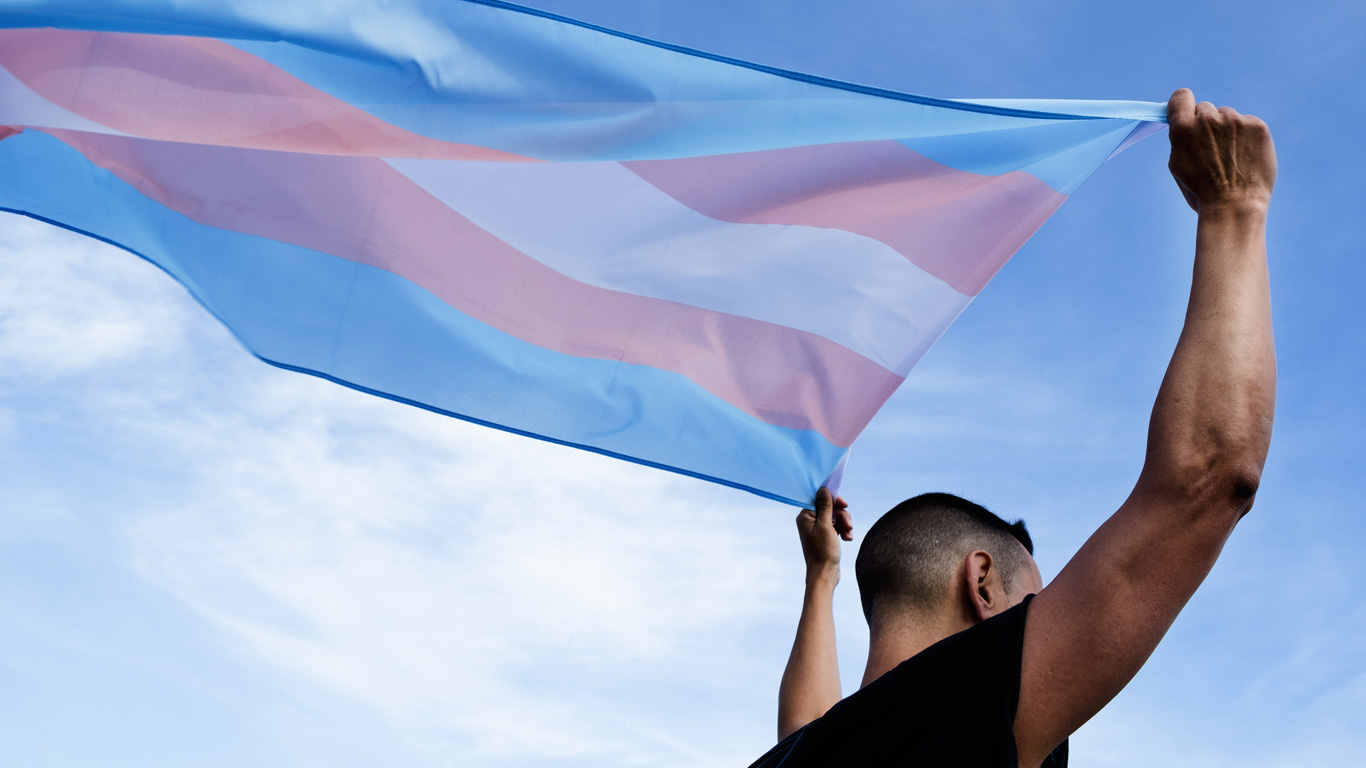
With the release of the 2021 Census, Canada became the first country to provide census data on transgender and non-binary people.
Prior to the 2021 Census, some individuals indicated that they were not able to see themselves in the two responses of "male" or "female" on the existing sex question in the census.
For many people, their gender corresponds to their sex at birth (cisgender men and cisgender women). For some, these categories do not align (transgender men and transgender women) or their gender is not exclusively "man" or "woman" (non-binary people). For the first time, the 2021 Census of Population included a question on gender and the precision of “at birth” on the sex question, allowing all cisgender, transgender and non-binary people to report their gender.
Gender is experienced in different ways. The 2021 Census also asked people to describe their gender and indicate what term was most relevant to them via a write-in response.
Over two-thirds (70.5%) of people aged 15 and older who provided answers to the write-in option used the term “non-binary” when specifying their gender. Together, nearly one in six non-binary people described their gender as “fluid” (7.3%), “agender” (5.1%) or “queer” (4.1%). Other responses included “gender neutral” (2.9%), “Two-Spirit” (2.2%), “neither man nor woman” (1.3%) and “gender nonconforming” (1.1%).
Terminology related to gender diversity continues to evolve, and the ways to report gender will also continue to evolve. By participating in the census, the Canadian population makes a valuable contribution to this ongoing discussion, and helps Statistics Canada paint an accurate portrait of gender diversity in this country.
The 2021 Census data on families, households and marital status will be released on July 13, 2022, and will include analysis and data tables on couples. In particular, there will be analysis of same-gender and different-gender couples, as well as couples composed of at least one transgender person or at least one non-binary person.
The strength of the census is to provide reliable data for local communities throughout the country and for smaller demographics, such as the transgender and non-binary populations. Family and household characteristics and sociocultural and socioeconomic data from the 2021 Census released over the next months will continue to enrich the portrait of the transgender and non-binary populations in Canada.
Contact information
For more information, contact the Statistical Information Service (toll-free 1-800-263-1136; 514-283-8300; infostats@statcan.gc.ca) or Media Relations (statcan.mediahotline-ligneinfomedias.statcan@statcan.gc.ca).
